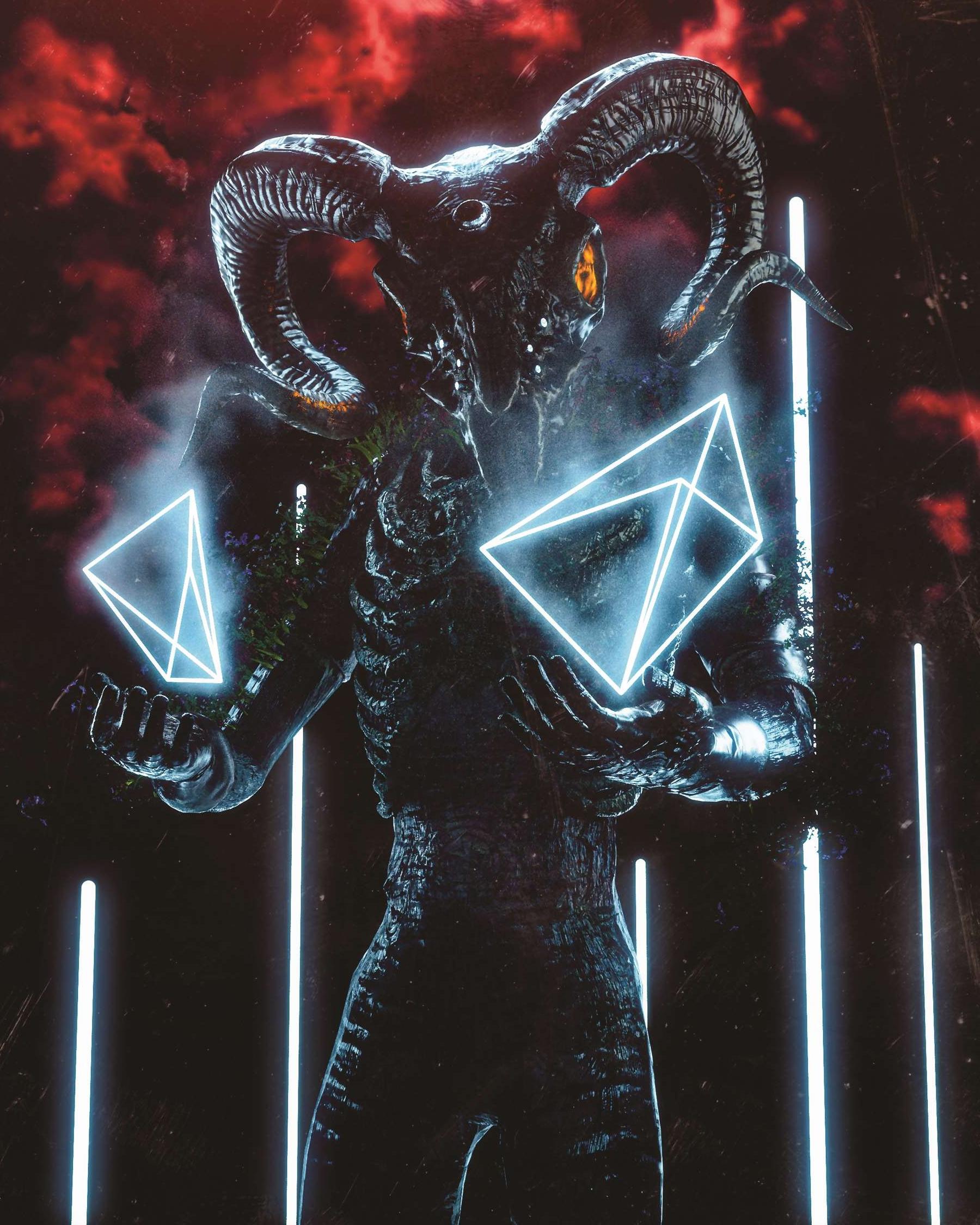The Changing Stage: How Strangeloop Studios Is Enhancing Performances Virtually And IRL
The Changing Stage
With the “forced pivot” of some into livestreaming or drive-in shows thanks to COVID-19, many have found themselves forced to learn new skills on the fly or adapt old business models or strategies for the new normal. Others were either already positioned well or intending to delve deeper already.
“A lot of people think it seemed like we pivoted because of COVID, or were expanding in this realm because of COVID, but it actually didn’t happen that way,” says Strangeloop Studios co-founder and creative director David Wexler, known for high-concept visuals and art work with artists including Flying Lotus, Kendrick Lamar and others. “We had already been designing virtual shows, and had already been in the mindset that it was going to be a big part of the future of music and visual art. But the pandemic has accelerated a lot of things pretty rapidly.”
Strangeloop Studios, with backing of Warner Music Group, TechStars and others, has launched its own Spirit Bomb “virtual label” creating original virtual beings, such as the demonic-looking Anti-Fragile, who can collaborate with artists for performances on Twitch and other platforms.
Collaborating with artists including the Glitch Mob’s Justin Boreta and Trail Of Dead’s Autry Fulbright for full fleshed-out creative characters, with full backstories and narratives and the ability for fans to engage on the fly during performances, Spirit Bomb plans to release its own first “visual album” in 2021, with plenty of live potential.
“What’s most exciting for us on that front is that everything we’re building now is on the Unreal engine,” Wexler adds of the creation engine first used in the “Unreal” first-person shooter computer game to being used to build 3D environments on Disney’s “The Mandalorian” Star Wars series.
“Whatever we’re doing is pretty transposable to a real-time concert environment, using a 3D wall like those provided by 3D Live. We envision a world where you could do maybe 90% of your production within that 3D space, so you really just need a giant wall and glasses.
“You can make virtual beings appear and perform, have physically impossible stages and tell a narrative in that space that might seem almost unusual in a concert environment, but that’s what we envision, really merging those worlds of narrative and music culture.”
Previous Next Return To Innovation Hub
 Daily Pulse
Subscribe
Daily Pulse
Subscribe



